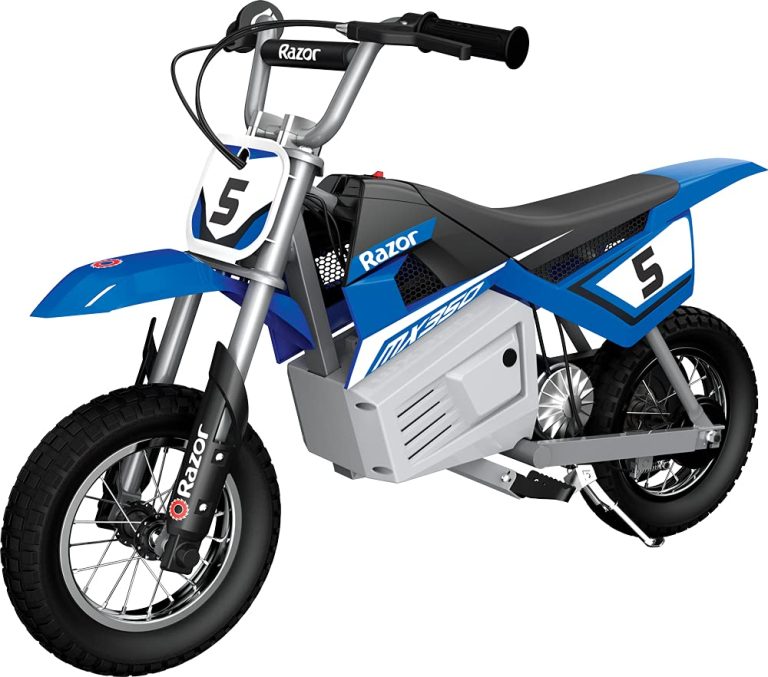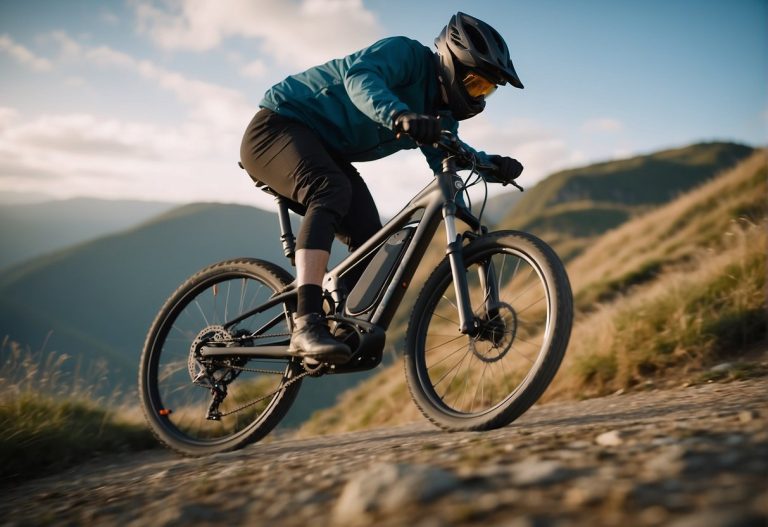How Fast Do Electric Bikes Go: Top Speeds Explained
Electric bikes, or e-bikes, offer the convenience of increased speed and reduced effort compared to traditional bicycles. Knowing how different components, classifications, and regulations affect the speed of e-bikes is essential for riders.

Components Impacting Speed
The speed of an e-bike is influenced by several key components: the motor power (measured in watts), battery capacity, rider weight, tire pressure, and the efficiency of the drivetrain. Motors with higher wattage provide more torque and acceleration, facilitating higher speeds and better performance on climbing gradients. Mid-drive motors are often more efficient than hub motors, especially on mountain bikes. A battery with greater capacity will deliver consistent power for longer ranges, ensuring that the e-bike can maintain its speed limit across varied surfaces and flat terrain.
Electric Bike Classifications
E-bikes are categorized primarily into three classes based on their motor type and how they are pedal-assisted:
- Class 1 ebikes are pedal-assist only, with no throttle, and the motor assists up to 20 mph.
- Class 2 ebikes also assist up to 20 mph but include a throttle that can be used without pedaling.
- Class 3 ebikes, or speed pedelecs, assist while pedaling up to 28 mph and usually have a speedometer.
Safety and Regulation Considerations
Federal law and state law regulate e-bike speeds and classify them to ensure safety for all road users. Under most legislations, a power output over 750 watts categorizes an e-bike as a moped or motorcycle, subjecting it to different regulations. Riders may need to follow additional requirements like wearing helmets, obtaining a license, and adhering to specific e-bike models’ speed limits to ensure a safe riding environment.
Comparing E-Bike Speeds to Traditional Bikes
While traditional bikes depend on pedal power and the strength of the rider for speed, e-bikes use motor-assist to help the rider achieve higher speeds with less exertion. The efficiency of an e-bike is further highlighted across long distances and challenging terrains where a battery-powered motor can maintain consistent pedal-assist. However, it should be noted that even the fastest electric bikes are subject to regulations; for example, the UK caps pedelecs at 15.5 mph, aligning with broader European legislation.
Optimizing Electric Bike Performance

To unlock the full potential of your electric bike (e-bike), consider the bike’s capabilities and adapt your habits for optimal performance. From maximizing your battery’s lifespan to understanding the effect of various travel conditions, it’s important to focus on the aspects you can control to enhance the efficiency and speed of your ride.
Maximizing Battery Life and Range
The e-bike’s battery is the heart of its power system. One can prolong its life and increase the range by:
- Keeping the battery charged between 20% and 80% to prevent stress.
- Avoiding extreme temperatures when storing and charging.
- Regularly riding and charging the e-bike to keep the battery active.
Terrain and Travel Conditions
Travel conditions greatly influence an e-bike’s performance. When dealing with terrain, remember:
- Off-road trails require more power and torque, reducing travel range.
- Tire pressure should be adjusted for the terrain; lower for off-road for better grip, higher for city commutes for efficiency.
- Use pedal-assist levels optimally; higher assistance on climbs and lower levels on flat surfaces for a more efficient ride.
Maintenance and Upgrades for Speed Enhancement
Maintaining an e-bike in top condition and selectively upgrading components can lead to noticeable gains in speed and performance:
- Regularly check and maintain the motor, brakes, and tire pressure for optimal efficiency.
- Upgrading to a higher capacity battery or a motor with more torque can enhance performance, especially for climbing and off-road travel.
- Lubricate the chain and assess the electric bike’s drivetrain to ensure smooth power delivery and minimal resistance.

